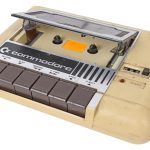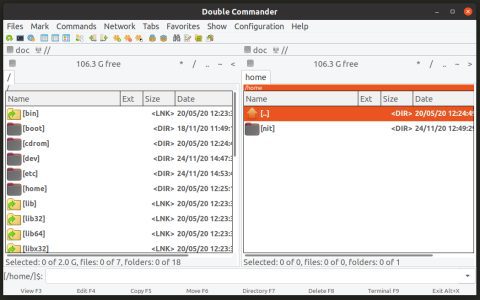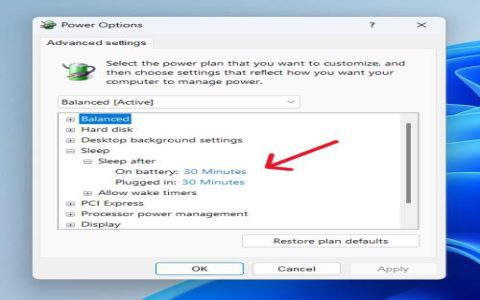Optimizing Subwoofer Performance in Basements
Basements pose unique acoustic challenges for subwoofers due to their construction and often large, open layouts. Proper setup is crucial for achieving deep, articulate, and evenly distributed bass.
Common Basement Acoustic Issues
- Room Modes (Standing Waves): Rigid concrete walls and floors create strong reflections, leading to significant peaks and nulls in bass response at different locations. This results in boomy or anemic bass depending on the listening position.
- Sound Transmission: Low-frequency energy readily transmits through building structures. This can cause unwanted vibrations and noise in rooms above the basement.
- Large Volume Pressurization: Larger basement spaces require more acoustic energy to achieve impactful low-frequency effects. A single, underpowered subwoofer may struggle.
Strategies for Superior Basement Bass
- Strategic Subwoofer Placement:
- Subwoofer Crawl Technique: Place the subwoofer at your primary listening position. Play bass-heavy content and crawl around potential subwoofer locations at ear level. Mark spots where the bass sounds smoothest and most impactful.
- Multiple Subwoofers: Employing two or more subwoofers (e.g., diagonally opposite corners, mid-wall placements) is highly effective in smoothing frequency response across multiple seats by mitigating room modes.
- Acoustic Treatment:
- Bass Traps: Essential for basements. Utilize porous absorption (thick fiberglass/rockwool panels) or purpose-built diaphragmatic/membrane traps. Place them in corners (floor-to-ceiling if possible) and at other critical wall/ceiling/floor junctions to tame low-frequency resonances.
- Decoupling and Isolation:
- Isolation Platforms/Feet: Use specialized subwoofer isolation pads or feet to decouple the subwoofer from the floor. This minimizes direct vibration transmission, reducing structural rattles and sound leakage to other areas of the house.
- Calibration and Equalization (EQ):
- Receiver Auto-Setup/Room Correction: Utilize your AV receiver's built-in room correction system (e.g., Audyssey, Dirac Live, YPAO). Always run this calibration after finalizing subwoofer placement and acoustic treatment.
- Manual Measurement & DSP: For advanced optimization, use a calibrated measurement microphone (like a UMIK-1) and acoustic measurement software (e.g., Room EQ Wizard - REW) to analyze the in-room response. Apply precise parametric EQ adjustments using an external Digital Signal Processor (DSP) or the advanced EQ capabilities of a high-end receiver.
- Subwoofer Selection Considerations:
- Output Capability: Choose a subwoofer (or multiple) with sufficient output (SPL capability and low-frequency extension) for your specific room size. Larger basements generally benefit from subwoofers with larger drivers (e.g., 12-inch, 15-inch, or larger) and more powerful amplifiers.
- Sealed vs. Ported Designs:
- Sealed Subwoofers: Often provide tighter, more articulate bass with a shallower low-frequency roll-off. This characteristic can sometimes make them easier to integrate smoothly with main speakers and less likely to excessively excite very low room modes. They may require more amplifier power or EQ boost to achieve very deep bass compared to ported designs.
- Ported Subwoofers: Typically offer higher output around their port tuning frequency, delivering more tactile sensation ("rumble") for a given driver size. Careful placement is essential to ensure the port output doesn't negatively interact with existing room modes. Their steeper roll-off below the tuning frequency can sometimes be beneficial.
By systematically addressing placement, leveraging robust acoustic treatment, ensuring proper isolation, and meticulously calibrating the system, you can transform your basement into an environment that delivers powerful, well-defined, and evenly distributed low-frequency reproduction for an immersive audio experience.












